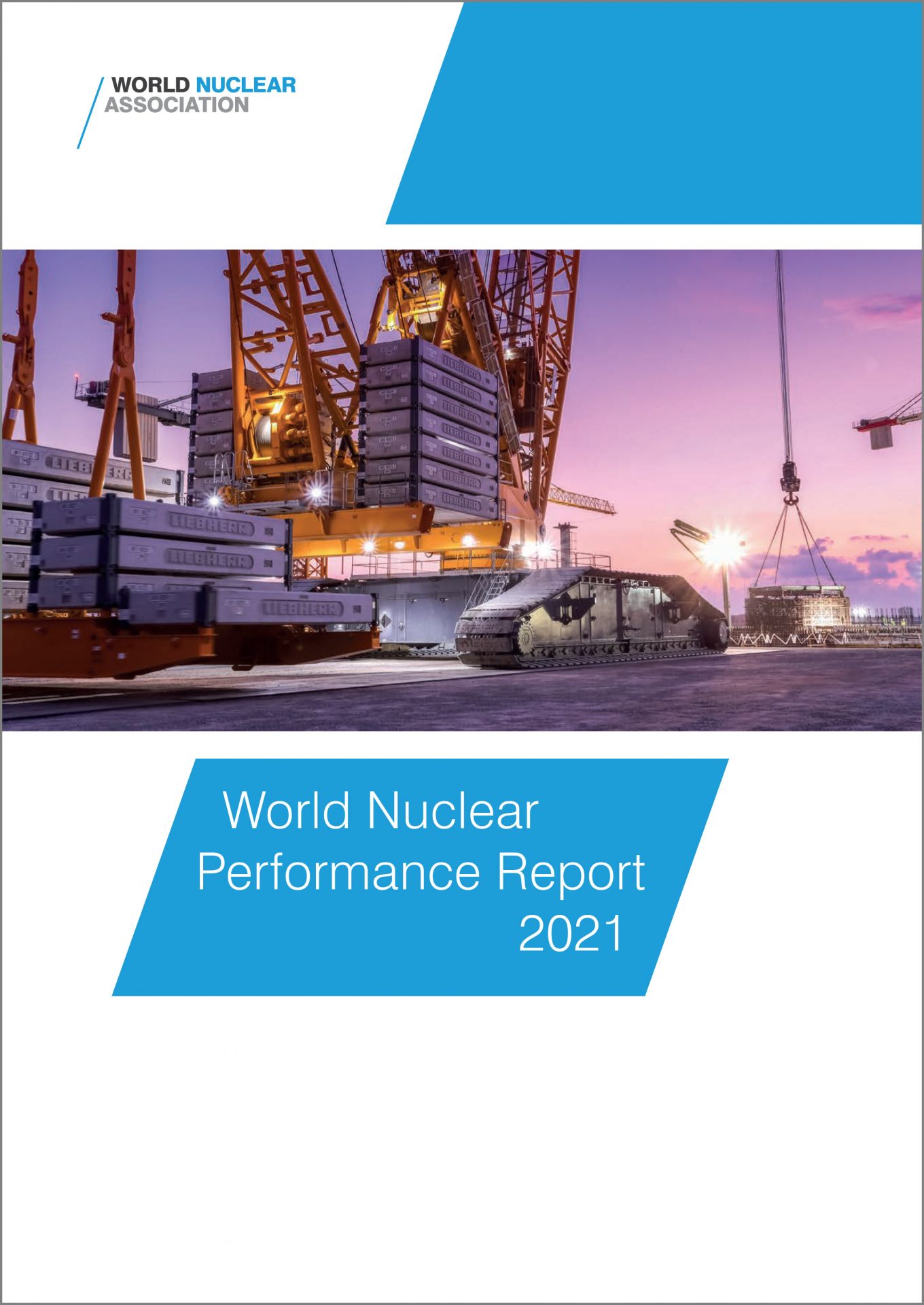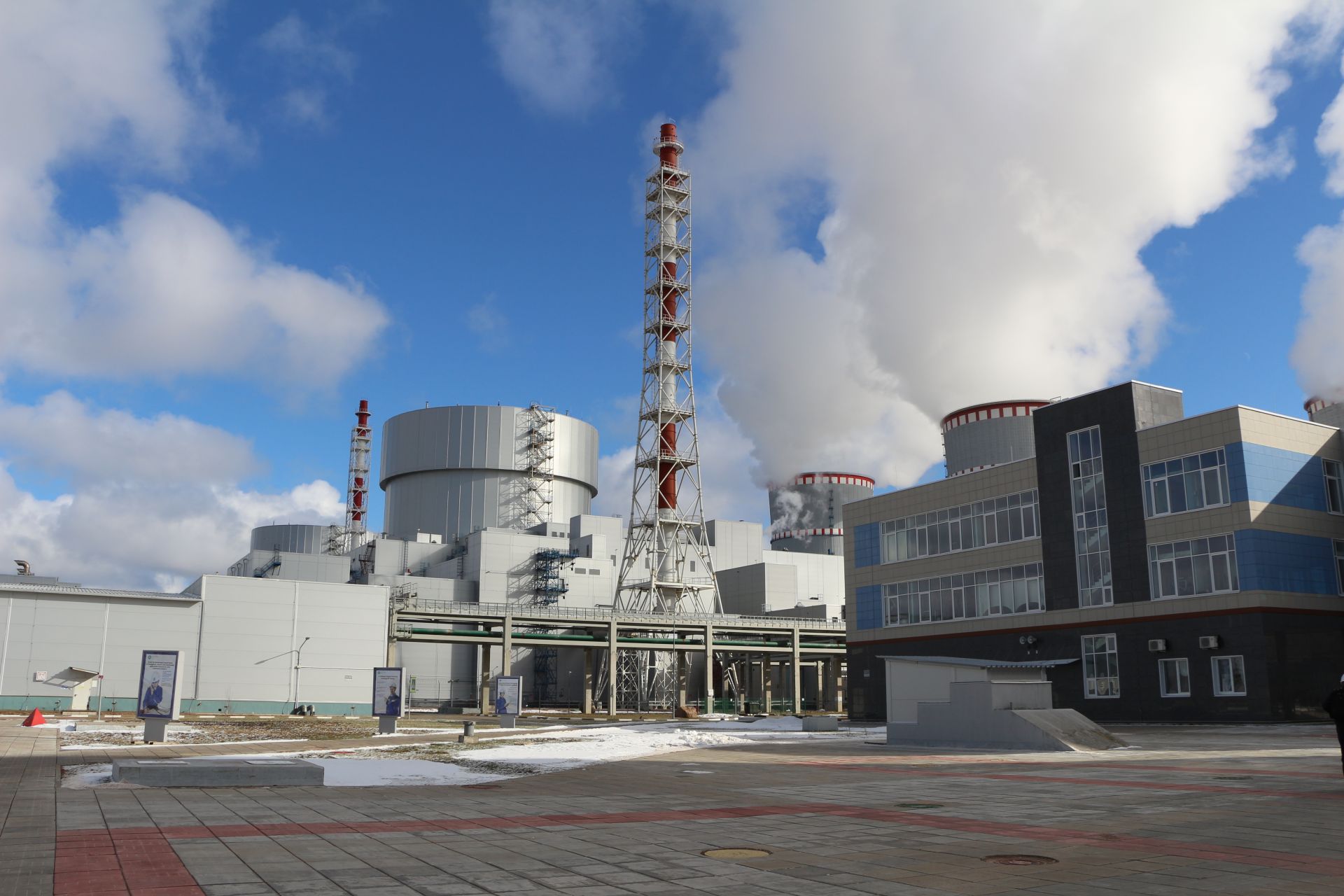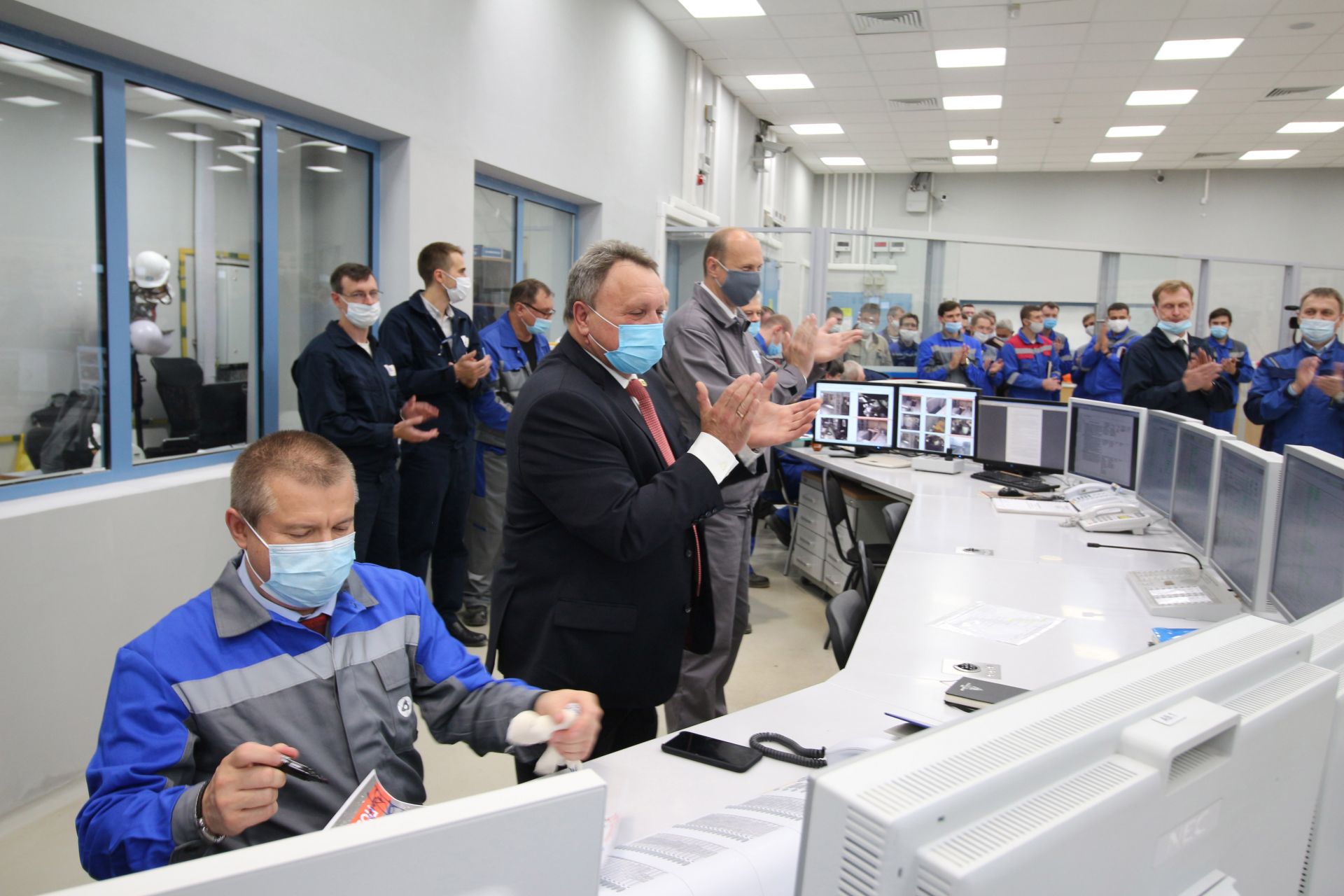Rooppur-2 reactor pressure vessel installed

In case anyone forgot, Russia can build nuclear power plants, not just occupy them—as discussed a week ago on Newswire. Last week in Bangladesh, workers completed the installation of the reactor pressure vessel (RPV) for the second unit at the Rooppur construction site.




 Nuclear power plants around the world generated 2,553 TWh of electricity in 2020, a drop of 104 TWh from 2019’s total, according to
Nuclear power plants around the world generated 2,553 TWh of electricity in 2020, a drop of 104 TWh from 2019’s total, according to 


